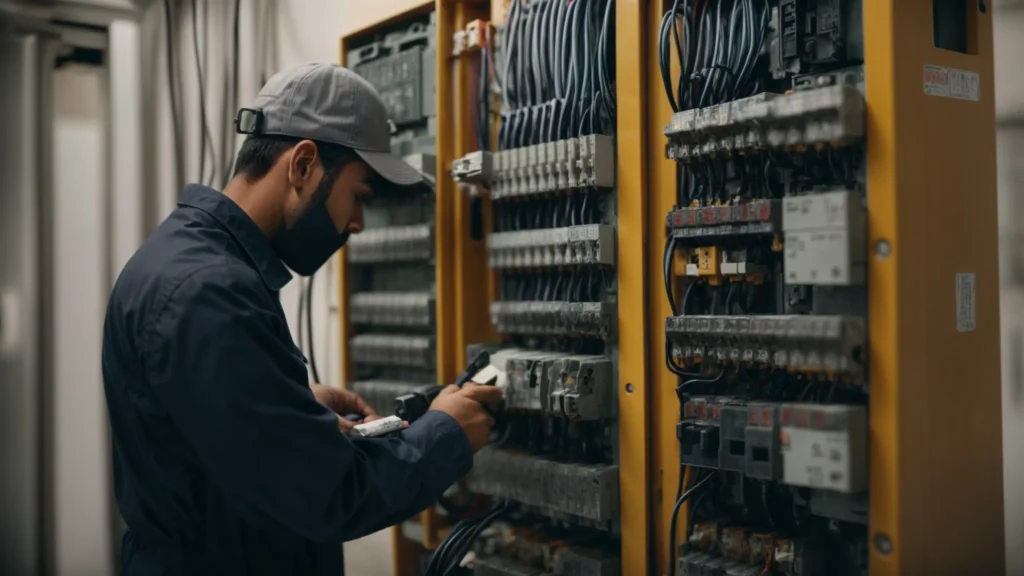Navigating the Student Loan Forgiveness Process
Facing the burden of student loans can be daunting, but navigating the path to loan forgiveness might alleviate financial pressure for many borrowers. Various programs exist to help graduates manage their debt through forgiveness or cancellation mechanisms. Understanding the nuances of these options can unlock pathways to a more secure financial future. Below, we delve into the intricacies of the student loan forgiveness process to help you find the most viable route for your situation.
Necessary Documentation for the Forgiveness Application

Preparing the necessary documentation is a pivotal step in the loan forgiveness application process. Whether it’s proof of employment, payment history, or income verification, having all your paperwork organized and readily accessible is imperative. Specific documents, such as employment certification for each year of qualifying public service, may be requested to confirm eligibility for loan forgiveness.
Borrowers often need to provide their latest tax return or a pay stub as evidence of income, primarily if they’re enrolled in an income-driven repayment plan. This is vital for verifying the payment amounts and the consistency of the payments made. Additionally, lenders require an application form precisely completed, which serves as the formal request for loan forgiveness.
It is crucial for borrowers to maintain accurate records throughout the entirety of the repayment period that can be used when applying for forgiveness. Some programs may also ask for documentation proving the borrower’s employment at the time of each qualifying payment. Failure to produce complete or accurate documentation can delay or jeopardize the forgiveness process.
Navigating the Application Process: Step-By-Step

The application process for student loan forgiveness is a structured yet customizable journey. Initially, identifying the appropriate program based on your employment and loan type is crucial. It is equally essential to complete the necessary groundwork by accumulating all required documentation and understanding the nuances of the forgiveness terms.
Once the preliminary steps are accomplished, borrowers should complete the application forms, ensuring that all information is accurate and up-to-date. It’s advisable to review the forms multiple times and, if possible, to run them by a professional or an advisor who understands the intricacies of loan forgiveness applications.
Submitting the application must be followed by careful follow-up. Borrowers should regularly communicate with their loan servicer to monitor the status of their application and promptly address any inquiries or concerns that arise. Patience is vital during this stage, as processing times can vary significantly based on the program and individual circumstances.
Understanding Student Loan Forgiveness Programs
Student loan forgiveness programs are designed to relieve borrowers from the obligation to repay part or all of their federal student loan debt. These programs are often targeted towards individuals who work in public service, education, or other qualifying professions. It’s crucial to know that forgiveness programs typically have stringent conditions and may only apply to federal loans, excluding private student loans.
The most well-known initiative is the Public Service Loan Forgiveness (PSLF) program, which requires borrowers to make 120 qualifying payments under a qualifying repayment plan while working full-time for an eligible employer. Additionally, income-driven repayment plans can also result in loan forgiveness after 20 to 25 years of qualifying payments. These programs aim to support those who contribute to public welfare through their careers.
Recognizing the right forgiveness program for your personal financial situation can be complex. It’s advisable to review program details carefully, consider the potential impact on your future finances, and explore trustworthy resources such as www.financialrelief.com/ for additional guidance. Clear comprehension of these programs is the first step on the ladder toward managing and potentially absolving your student loan debt.
Dealing With Potential Challenges and Denial

While perseverance is key throughout the student loan forgiveness process, there may be challenges or even denial that borrowers face. Understanding how to navigate through these setbacks is critical. If a borrower receives a denial, it is usually based on specific reasons, such as not meeting the eligibility requirements or submission of incomplete documentation.
In the case of a denial, it is important to carefully review the loan servicer’s explanation and determine if there is a possibility for an appeal or to correct any deficiencies in the application. Borrowers should address the cited issues and gather any new information or documentation that supports their eligibility for forgiveness. Resubmitting the application after these corrections could lead to a different outcome.
Overall, the journey to secure student loan forgiveness calls for a strategic and informed approach. Facing the potential hurdles with determination and resourcefulness enhances the likelihood of a positive outcome. Diligence in understanding the programs, meticulous documentation, and tenacity in following through the application steps can pave the way toward surmounting the weight of student debt.







